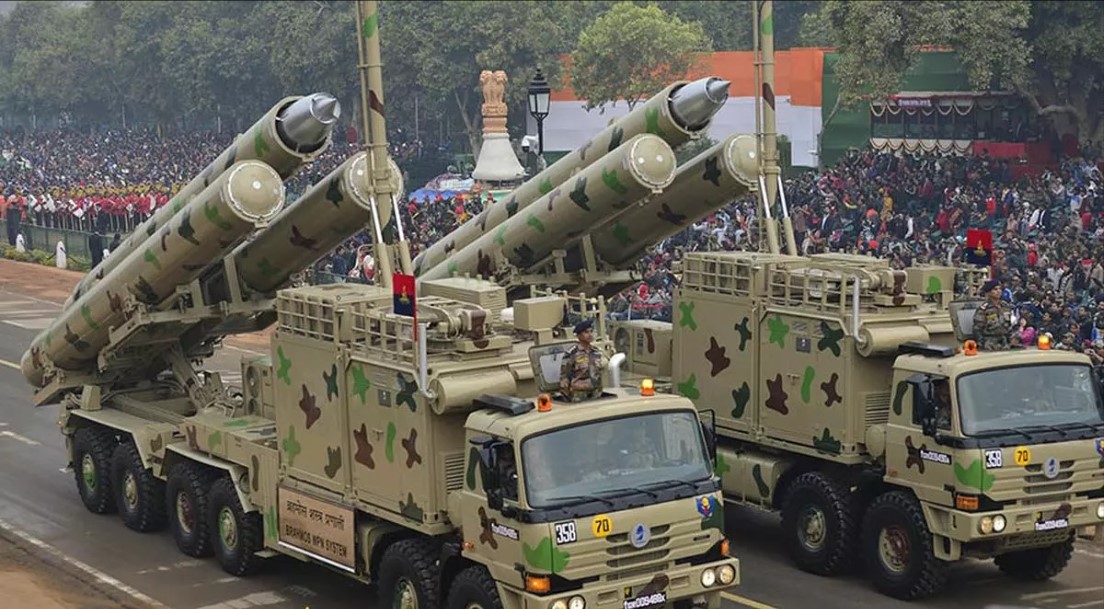UPA Government Freeze BrahMos Missile Exports to Philippines and Indonesia Revealed in Leaked Documents

UPA government's caution on BrahMos missile exports to Philippines and Indonesia due to concerns of offending China highlights India's strategic considerations in defense diplomacy.
During the tenure of the UPA government, the BrahMos corporation, led by Dr. Apathukatha Sivathanu Pillai, encountered bureaucratic challenges regarding the export of BrahMos missiles. Leaked documents sent to Dr. Pillai by the Ministry of Defence (MoD), Ministry of External Affairs (MEA), and the Foreign Secretary revealed that the government was cautious about exporting these missiles to the Philippines and Indonesia to avoid offending China.
The Ministry of External Affairs raised concerns when a BrahMos team planned a visit to the Philippines without obtaining political clearance. The team was instructed to delay their trip until proper clearance was granted and to consult with the MEA beforehand. Similarly, a planned visit by an Indonesian delegation to the BrahMos Aerospace office in New Delhi was called off. The Ministry of Defence cited the need for a final decision on BrahMos missile exports before allowing such discussions, even though Indonesia had not officially raised the issue of missile purchases during meetings.
The MoD expressed concern that previous interactions, such as showcasing BrahMos missiles on ships visiting Indonesia and discussions with BrahMos Aerospace, might have sent misleading signals about India's willingness to export. Consequently, the Foreign Secretary issued a broader policy directive to Dr. Pillai. This directive supported the principle of exporting BrahMos missiles to select countries under specific conditions related to national security, foreign policy interests, and international obligations. However, it emphasized a freeze on discussions about exports until the government finalized its overall missile export policy.
The directive referred to a previous MoD position, approved by the then Defence Minister, which put a hold on all discussions about BrahMos exports until the “general issue of missile exports” was decided. This policy approach highlighted the UPA government's careful consideration of the implications of BrahMos exports. While the government was supportive of the BrahMos program in principle, it prioritized formulating a comprehensive export policy before entering into agreements.
The BrahMos missile, developed jointly by India and Russia, is one of the world's fastest supersonic cruise missiles. It can be launched from various platforms, including ships, aircraft, submarines, and land-based systems. The missile's versatility and advanced technology have made it a sought-after weapon system by several countries.
Despite the hurdles faced during the UPA government, the BrahMos missile has since become a significant element of India's defense exports. The missile's export is governed by stringent guidelines to ensure that it does not destabilize regional security dynamics. In recent years, the Indian government has approved the export of BrahMos missiles to several countries, including the Philippines, marking a significant milestone in India's defense export policy.
India's cautious approach during the UPA era laid the groundwork for a more structured and strategic export policy. This policy ensures that exports align with India's national security interests and foreign policy objectives while adhering to international non-proliferation norms. The export of BrahMos missiles today reflects India's growing role as a responsible defense exporter on the global stage.



